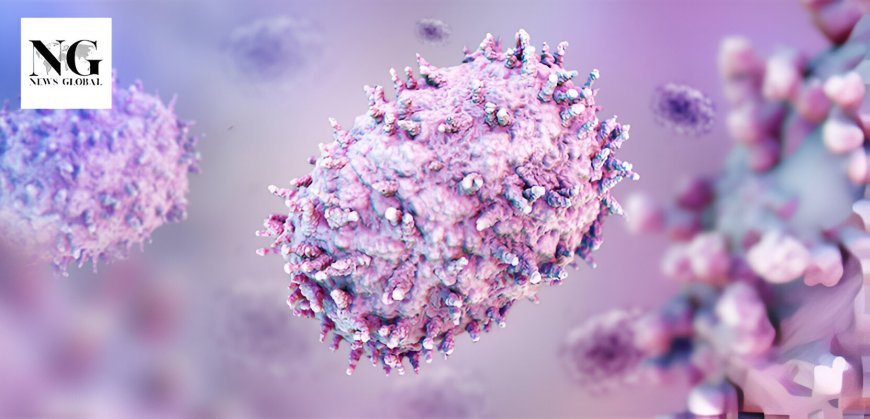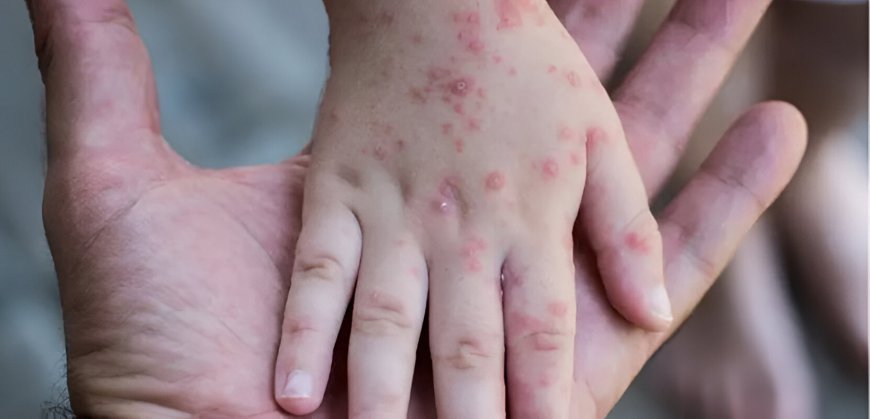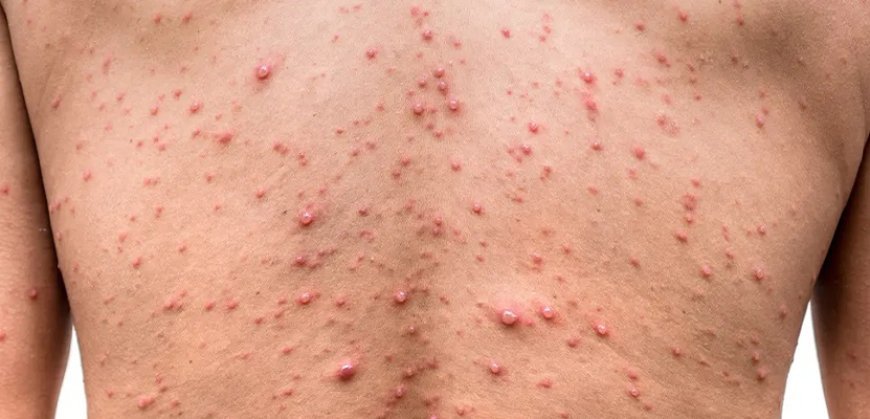Everything You Should Know About Mpox Virus in 2025
Mpox cases are rising worldwide. What are the early signs, risks, and ways to protect yourself? The answers may surprise you.

Remember when we first heard about monkeypox? It felt distant, something happening "over there." Now it's real. As of August 2025, the WHO extended its emergency warnings for another year. Forty-seven countries reported 3,924 confirmed cases just in July, with 30 deaths. This isn't going away.
Real Stories of Living with Monkeypox
Jeffrey Todd thought the spot on his cheek was just a weird pimple. "It had this very odd-looking raised white circle around the outside and felt indented like a crater," he told reporters. Within days, bumps spread across his arm and back. The shooting pain down his legs made him realize this wasn't normal.
Kyrie, a woman in California, experienced something similar. Started with a brutal headache in June. Then bumps appeared on her face and chest. "I had a big zit on my forehead and a bunch on my nose bridge," she said. The lesions kept spreading. Her eyes itched. When doctors told her there was no cure, she felt crushed.
Harun, a sexual health worker, had just one blister on his nose at first. "It started out the size of the tip of a pen, then got bigger and more painful," he recalled. Lesions in his throat made swallowing impossible. The pain level shocked him, even as someone who worked in sexual health. These aren't medical journal descriptions. These are real people dealing with real pain.
Global Spread of the New Monkeypox Variant
The new clade 1b variant emerged in the Democratic Republic of Congo and spread fast. It's different from earlier strains. Genetic mutations linked to sustained human-to-human transmission make it spread easier through close contact. Kenya, Uganda, Rwanda, Turkey, and even the UK have reported cases. What worries experts? This strain doesn't care about borders. Cases in Germany, China, and the United Kingdom all linked to travel. Community transmission continues in Central and Eastern Africa. Kenya’s numbers rise steadily over the course of 2025.
How Monkeypox Spreads Between People
Forget the clinical language. Here's what actually happens. You touch infected skin during intimate contact. You share bedding or towels with someone who has lesions. You have long conversations face-to-face with someone shedding the virus. You handle contaminated clothes or surfaces.

Recent outbreaks cluster around close social and sexual contact. Not because it's a sexually transmitted disease, but because intimate contact creates perfect conditions for transmission. The virus needs close, prolonged contact to jump between people.
Monkeypox Symptoms
Matt Ford sat in an Epsom salt bath at 4:30 AM, watching a single candle flame. He counted more than 25 lesions on his body. The pain kept him awake for days. "I laughed deliriously at how I'd found myself in this situation," he wrote. Early symptoms feel like the flu. Fever, chills, exhaustion, muscle aches, swollen glands. Then the rash appears. Flat spots become fluid-filled blisters, then pus-filled bumps. They scab over and fall off after 2-4 weeks. You stay contagious until all scabs disappear and new skin forms. The pain surprises everyone. These aren't just uncomfortable spots. They hurt. Really hurt.
Truth About Monkeypox Treatment and Protection
Understand that no magic cure is available. What doctors do is control pain and guard against complications. Your part is to rest, drink fluids, and take fever reducers when needed. Always keep lesions clean and covered, and resist the urge to scratch. Tecovirimat helps severe cases. Harun received it for 10 days in the hospital. Originally developed for smallpox, it traps the virus inside infected cells. But most people recover with basic supportive care at home. The JYNNEOS vaccine works. Two doses provide strong protection. Even one dose helps significantly. Get vaccinated if you're at higher risk.
Simple Daily Habits to Prevent Monkeypox
Wash your hands when you return. Wash them when you’ve been in crowded places. Wash them after shared surfaces. Do not share towels. Do not share clothes. Do not share sheets or utensils. If you notice a rash, do not ignore it. Do not get too close. If the illness is spreading locally, take extra care in moments of closeness. Separate bathrooms help reduce risk, as does keeping surfaces clean and letting fresh air flow. This is not about living in constant worry. It is about choosing small acts of care that keep you and your loved ones safer.
How Monkeypox Affects Mental Health
Harun recalled the crushing loneliness of isolation. “I thought if I died from this disease, I’d die alone,” he said quietly. His battle stretched beyond the body, with painkillers, antibiotics, and IV feeding keeping him going while his mind carried the heavier weight. Kyrie shared another layer of pain.She worried about the scars and admitted, “It broke me to know there was no medicine to just make it stop.” Her mental health suffered when she heard the diagnosis. Support during isolation matters. Use technology to stay close to loved ones. Engage in activities that bring calm. And never stigmatize. Stigma only keeps people from seeking the care they need.
Monkeypox Outlook for 2026
The WHO extended emergency recommendations through August 2026. Cases increased in South-East Asia and Western Pacific regions. Africa reports ongoing transmission in 21 countries. Senegal reported monkeypox for the first time. This virus adapts. It spreads. It causes real suffering for real people.

It starts with small choices. Choosing reliable information over rumors. Choosing vaccination when advised. Choosing hygiene, your own towel, and a little distance from someone who is sick. Then comes awareness. A bump on the skin that doesn’t look right. Taking it seriously instead of brushing it off. That decision protects you and protects the people you love.
Conclusion
And finally, there are stories. People who endured the pain and isolation of monkeypox, who share their journey so others will not suffer the same way. Their pain teaches. Their strength brings hope.
FAQs
What is Mpox?
Mpox, earlier known as monkeypox, is a viral infection caused by the orthopoxvirus. It is related to smallpox but usually less severe.
How does Mpox spread?
It spreads through close contact with an infected person’s skin rashes, body fluids, or respiratory droplets. Sharing bedding, clothing, or utensils with an infected person can also transmit the virus.
What are the early symptoms of Mpox?
Early signs include fever, headache, body aches, swollen lymph nodes, and fatigue. Within a few days, rashes or blisters may appear, often starting on the face before spreading.
Is Mpox a sexually transmitted disease?
Mpox is not classified as an STD, but close skin-to-skin contact during sexual activity can lead to transmission.
Who is most at risk of severe Mpox?
Children, pregnant women, and people with weak immune systems are more likely to face complications.
How long does Mpox last?
Most cases last two to four weeks. Recovery usually happens without medical treatment, but supportive care helps ease symptoms.
Is there a vaccine for Mpox?
Yes. Vaccines originally developed for smallpox, such as JYNNEOS, can provide protection against Mpox. However, availability varies by country.
How is Mpox treated?
There is no specific antiviral for Mpox in most cases. Treatment focuses on managing symptoms. In severe cases, antivirals like tecovirimat may be used under medical guidance.

 Admin
Admin